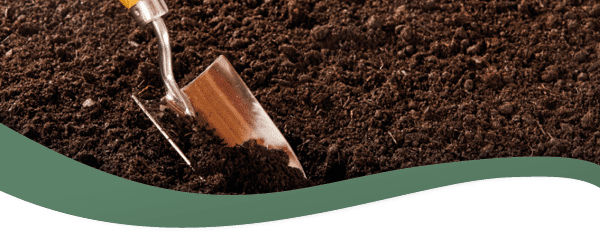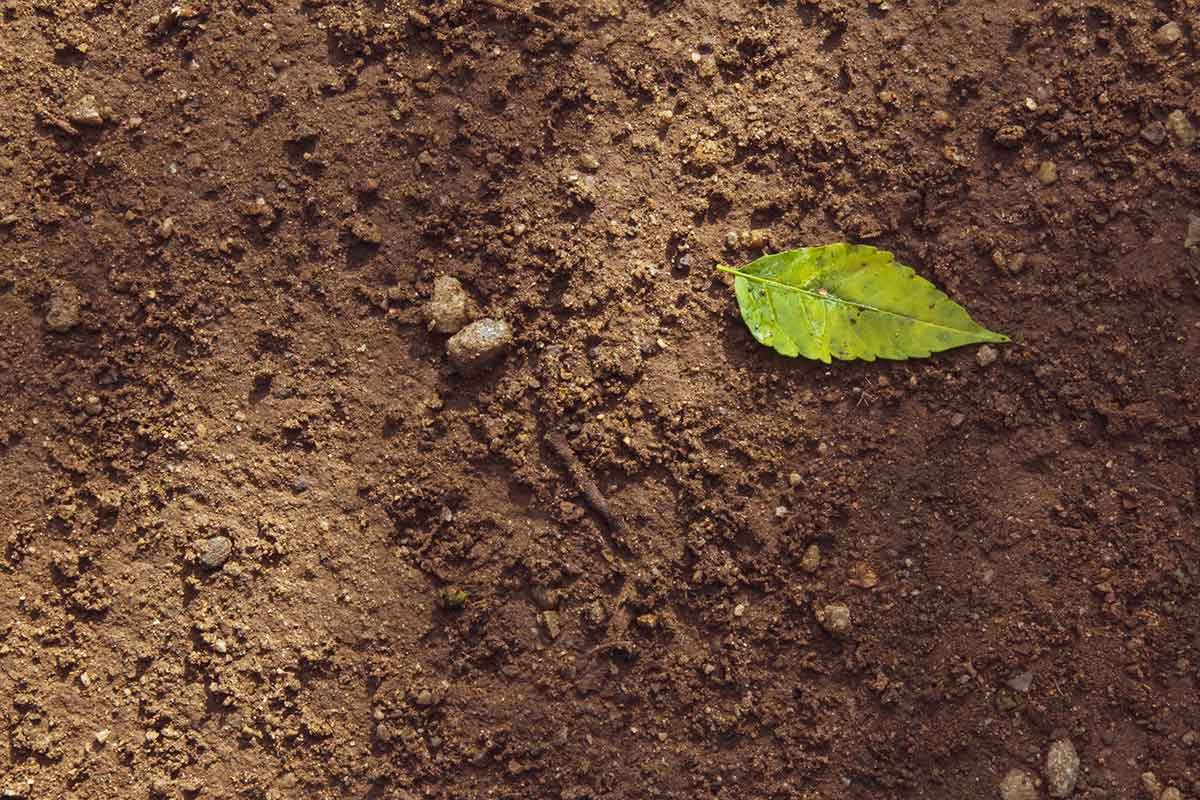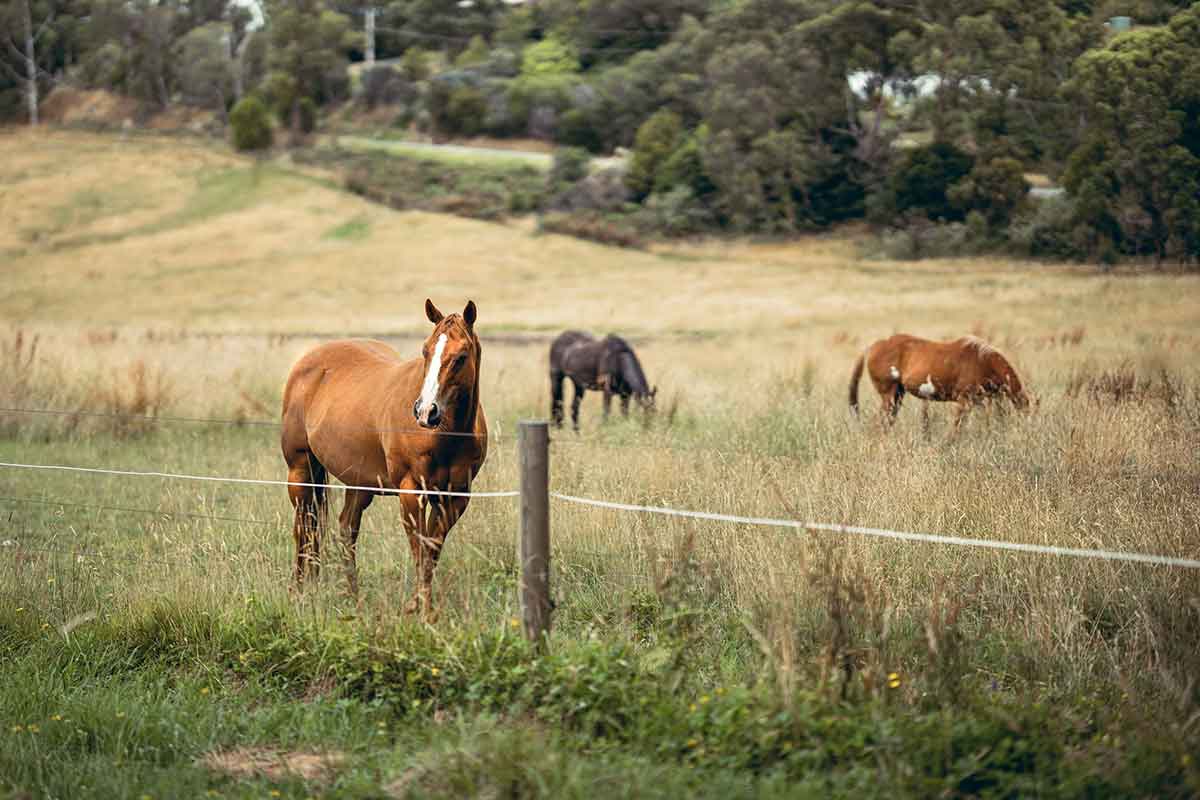The best opportunity to improve a soil’s structure is during the period between crops. For this reason, much effort goes into autumn and springtime topsoil and subsoil cultivations. The type and extent of cultivation depends on the current state and the structure aimed for to support the next planting. In general, the aim is to provide the best environment for seed germination and long-term root growth.
Get it wrong by using an inappropriate piece of cultivation equipment when the soil is too wet or too dry and you will do more harm than good. Interestingly, soil damage is actually reduced in a year like this one, where dry weather during spring and a dry harvest has occurred.
Identify the type of soil structure and what to use on it
A well-structured topsoil should encourage rooting, with airflow between the seedbed and underlying subsoil. Good structures have pockets for drainage, with well-formed aggregates with rounded edges, and nothing too large or tightly clumped. The soil aggregates should be easy to crumble when moist between the finger and thumb.
To maintain top soil structure our top tips for soil preparation are:
Tip 1:
Use a stone burier – A good seedbed should allow you to drill to a uniform depth, placing the seed in contact with the soil so it can take up water easily. Stone buriers leave a finish ready for seeding, whereby lighter top soil is left on the surface and larger stones are buried below so that seeds/veggie roots can grow undisturbed with good aeration and drainage.
Tip 2:
For lawn soil preparation, use a quality mesh roller – once soil is prepared by a stone burier, a mesh roller will provide a level finish for new grass seeding; important – unless you’d like a lumpy lawn!
Tip 3:
Use rotovators or tillers – if cultivating compacted and dried out areas the soil has lost its natural porosity. This is usually the result of the end of vegetable growing seasons. Heavy equipment use, ploughing, field operations in the wet, early sowing or drilling in spring time can all cause it. Rotovators and tillers are cheaper to purchase and require smaller tractors to operate. You need only rake the surface over if clumps or stones are left on the surface.
Tip 4:
During September and October patch up areas of lawn and paddock with grass seed. Seasonal temperature dips mean it’s not too hot and won’t dry up the seed. Moderate temperatures and increased rain in Autumn are ideal to aid growth.
From stone buriers to tractor mounted rotavators, Farm Tech Supplies have all you need to prepare the soil for winter. Our hot autumn special – the Agrint City Italian Rotary Tiller 0.85m £1,300 inc. VAT – special is £100 OFF with CODE: SEP1801.
For any advice on your soil structure and soil preparation issues, feel free to phone us for a chat on 01420 520 510, visit us, or email us at sales@farmtechsupplies.co.uk








